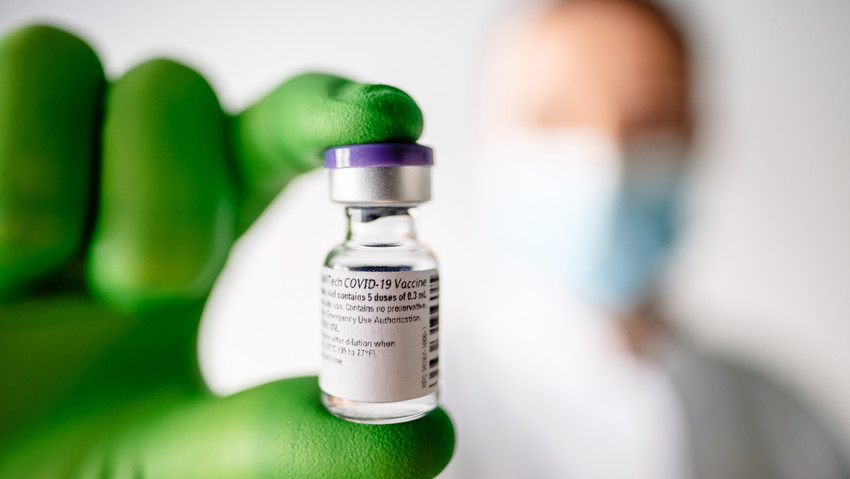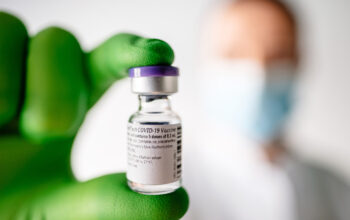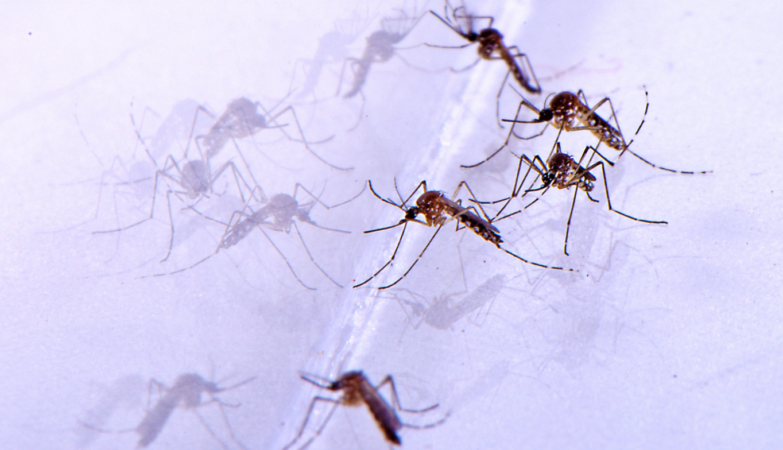Reposted from lifesitenews.com
The first vaccine in the United States to use an aborted fetal cell line in its production was the MMR vaccine in 1979. Currently in the United States there are many vaccines that contain aborted fetal DNA in the end product of the vaccine, while others use aborted fetal cells in their research and development.
There are four cell lines that are being used in vaccines currently available, including those expected to be available in the next month or two. These four cell lines are MRC-5, WI-38, PER C6, HEK293.
In addition to these cell lines, abortions were also done to obtain RA27/3 for use in the rubella vaccine. The rubella vaccine alone is the result of at least 99 abortions (32 for WI-38 and 67 for RA27/3). Yes, they came from abortions, not babies who died naturally in the womb.
The baby has to be alive when the tissues are taken. Otherwise, they are unusable.
MRC-6 and Wi-38 are both from the 1960s. PER C6 is from 1985, while HEK293 is from 1972. There are other aborted fetal cell lines that exist, but are not currently being used for vaccines.
The most recent aborted fetal cell line is from 2015 (Walvax2). This particular cell line is the result of 9 abortions.
Of those vaccines that are currently FDA-approved, all of the MMR (measles, mumps, rubella), hepatitis a, and chickenpox vaccines, including any combination vaccines for these illnesses, use aborted fetal cell lines. One of the shingles vaccine brands and one of the rabies vaccines also use aborted fetal cells.
As for experimental COVID injections, Johnson & Johnson and AstraZeneca both use aborted fetal cell lines on which to grow the virus for their vaccines. Pfizer and Moderna, for their COVID-19 injections, used the aborted fetal cell line HEK293 for the research and development of their vaccines.
With the exception of the Pfizer and Moderna vaccines, the others do contain aborted fetal DNA in the end product. It is next to impossible to remove all of the DNA from the virus grown in the aborted fetal cell lines. In fact, independent research has found levels as high as 142 to 2000 ng per dose, despite the FDA and WHO recommending limits of 10ng per dose.
The aborted fetal DNA contamination present in vaccines that use aborted fetal cell lines in their production come with risks. Specifically a risk of triggering autoimmune disease, as well as the risk of DNA insertion into the vaccine recipient’s DNA.
In addition to these risks, it is particularly interesting — given the current autism spectrum disorder (ASD) epidemic — that research shows that strong change-point correlations exist between rising ASD rates and when the first MMR vaccine with aborted fetal DNA was introduced, when the second dose was introduced, and when the chickenpox vaccine, which also contains aborted fetal DNA, was introduced in the United States.
The use of aborted fetal cell lines in vaccine research and production carries the serious moral concerns of abortion, trafficking of these babies, and denial of a proper burial, as well as serious health concerns.
As long as we as a society keep rolling up our sleeves for vaccines and other pharmaceuticals that use aborted fetal cells in their research, development or production, the situation is not going to get better, as there is no motivation for these companies to change their ways.







